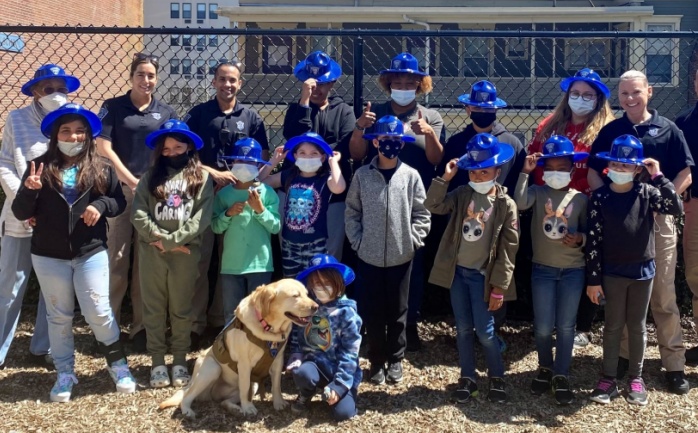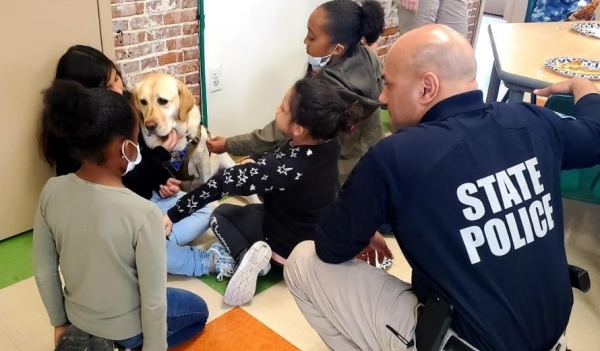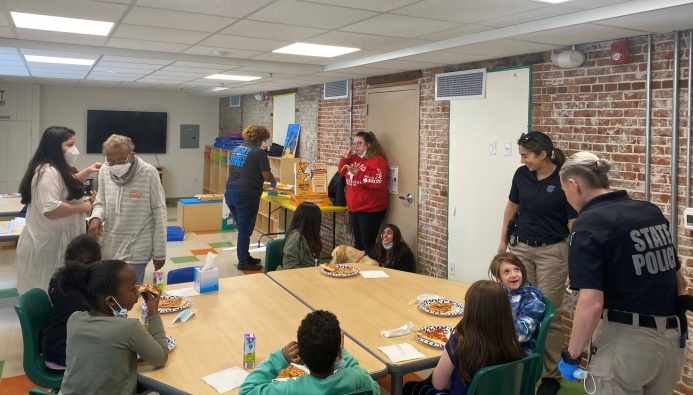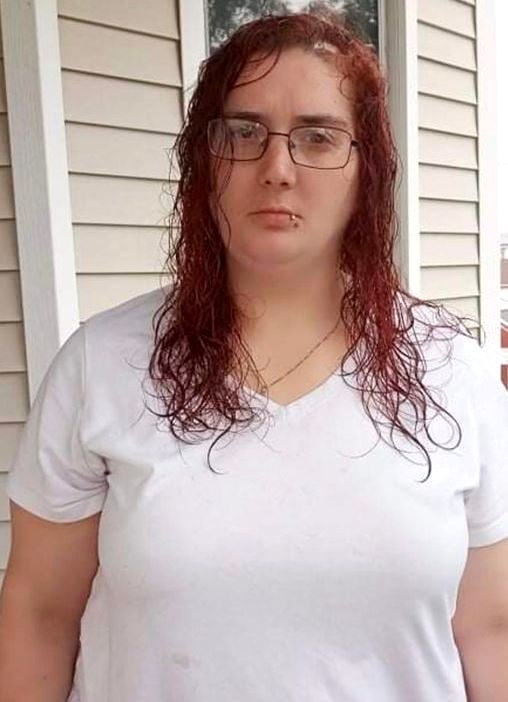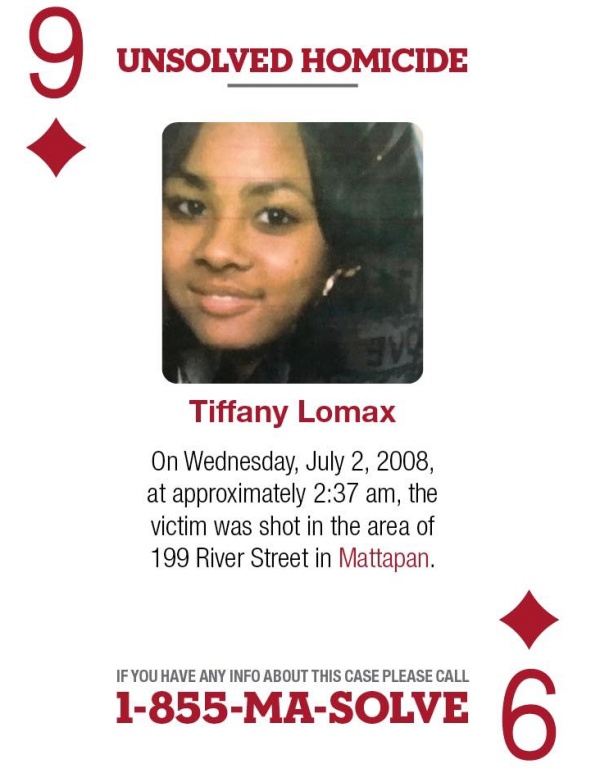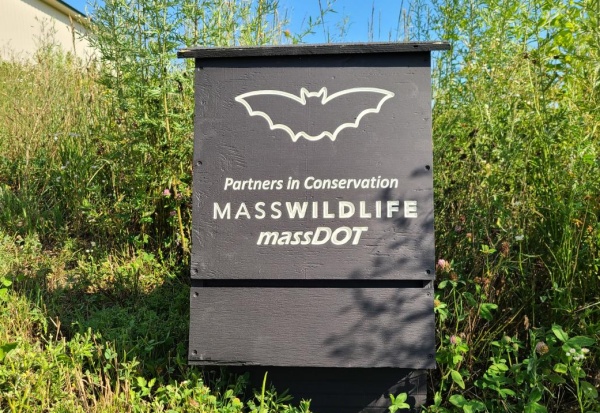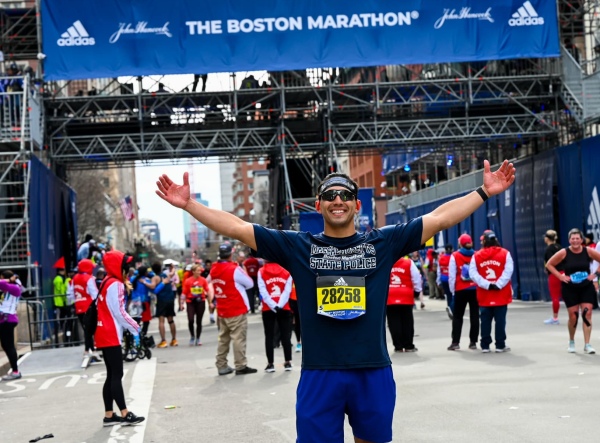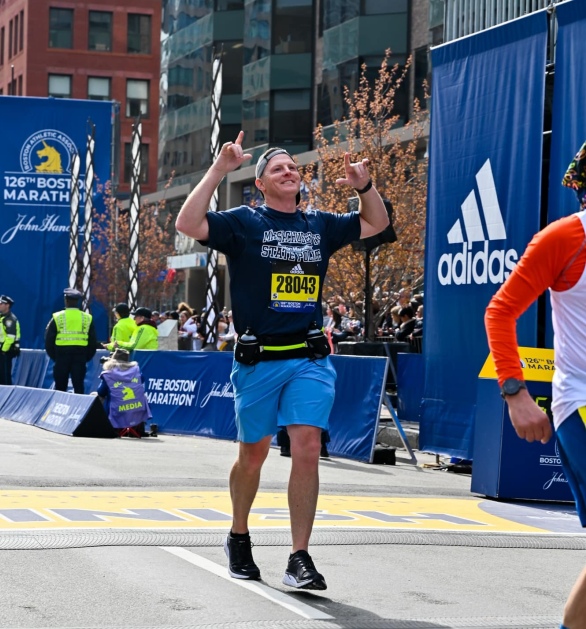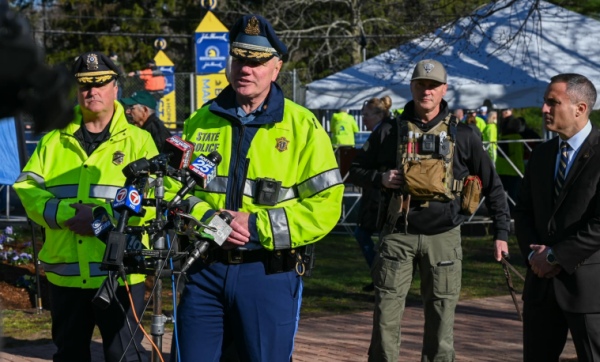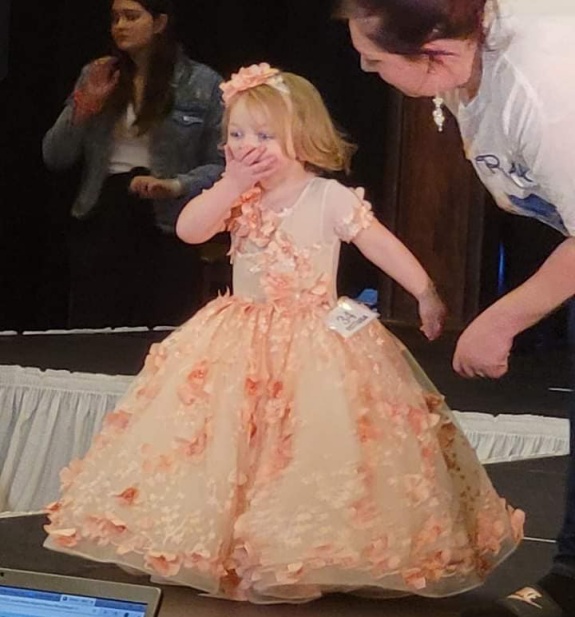The Bristol District Attorney’s Office Cold Case Unit is actively working to identify every unidentified body or skeletal remains that have been discovered in the last 40 years.
During this time, traditional methods using fingerprints or dental records have not resulted in the identification of any of these individuals. District Attorney Thomas M. Quinn III has prioritized this initiative along with the Cold Case Unit’s efforts investigating unsolved murders, rapes and other violent crimes.
The Cold Case Unit is working with the local police, Massachusetts State Police Unresolved Unit and other law enforcement partners to provide the latest technology and forensic testing to identify these individuals, some of whom are homicide victims. The District Attorney’s Office has enlisted the help of nationally recognized agencies and labs who specialize in using the most modern forensic technologies for identification of human remains including genetic genealogical DNA testing.
These agencies include the FBI, NamUs, the University of North Texas for Human Identification, The Doe Project, Season of Justice and Othram laboratories whose expertise and resources bring hope that these individuals can finally be identified. Below is a list of some of these cases (with photos) and additional information related to these unidentified cases as well as other unsolved cases can be found on the Bristol County District Attorney’s website at http://bristolda.com/unidentified_body/ and http://bristolda.com/prosecution/unsolved-cases/.
“Identifying these remains is part of our ongoing Cold Case initiative. We are trying to identify these remains so that family members can have some closure and to also determine if a crime was committed,” District Attorney Quinn said. “Our Cold Case Unit has been successful in solving multiple cold case homicides and previously unsolved violent sexual assaults. The unit is now expanding its efforts to focus on unidentified remains. If anyone has any information related to these cases, please contact us.”
CASE #1 (Baby Boy – Freetown – 1983)
On November 6, 1983, a man traveling north on Route 24 stopped at a rest area that bordered the Assonet River in Freetown. At that location, the man encountered a family of four that had stopped in this area to pick mushrooms. They alerted the man that while they were picking mushrooms, they had discovered a deceased infant at that location. The man immediately left the area and drove to the Freetown Police station where he reported this discovery.
The police responded and discovered the body of an unclothed newborn. The infant was determined to be a Caucasian baby boy. The investigation revealed that the infant had been abandoned in the woods along the highway and had died several hours prior to the discovery of his body.
An autopsy was subsequently performed and revealed that the infant child had died as a result of exposure to the elements after having been left unclothed in the cold for a number of hours preceding his death. The infant was later buried at the Notre Dame Cemetery in Fall River. A sample of blood taken from the child’s body was tested and a DNA profile was obtained. The District Attorney’s Office is actively working with the FBI’s Genealogy Unit and Othram to identify this child.
CASE #2 (Skeletal Remains – Taunton -1984)
On August 30, 1984, Taunton Police received a report of the discovery of some skeletal remains at a construction site in Taunton. Police responded to the Myles Standish Industrial Park and observed human bones that had been discovered as dirt was being moved by heavy equipment on the site. The contractor indicated that dirt had been trucked to the construction site but the origin of the dirt could not be determined.
Police recovered these bones and searched a larger area for additional remains but were unable to locate any other bones. At that time, the recovered bones were sent to the FBI for further examination. The bones were ultimately determined to be from the lower right leg of an adult who would have been over 30 years of age. The recovered bones included the tibia, fibula and foot bones that were still contained in a wool sock.
The FBI also determined that the bones were estimated to have been exposed to the elements for at least 10 to 15 years prior to the discovery. In June of 2019, the remains were sent to the University of North Texas Center for Human Identification where a mitochondrial DNA profile was obtained and is being used to assist in attempting to identify these remains.
CASE #3 (Baby Boy – Mansfield – 1985)
On the morning of January 26, 1985, a father and son traveled to a wooded area along Fruit Street in Mansfield. This area was approximately 6/10 of a mile south of the Mansfield Airport. They arrived at this rural location that morning to go rabbit hunting. As the father walked toward the woods, he noticed footprints in the snow that ended at a stone wall. As he began to climb over the stone wall, he observed what, at first, he thought was a doll lying in the snow.
Upon closer inspection, he realized that it was the naked body of newborn baby. The infant was partially covered by the snow and was deceased. The father and son immediately returned to their car and drove to the airport where they called the Mansfield Police. The police responded and recovered the infant’s body which was determined to a Caucasian baby boy. The infant was later examined by the Medical Examiner who determined that the child had been born alive but had died a short time after his birth. The child was later buried at Spring Brook Cemetery in Mansfield. Evidence recovered from the baby’s body is being further tested to assist in identifying this infant child.
CASE #4 (Unidentified Male Skeletal Remains – Fairhaven Homicide – 1986)
On April 8, 1985, human remains were found in a wooded area along the westbound side of Route 195 in Fairhaven. The Fairhaven Police responded to the scene and recovered the skeleton of an adult male and the remnants of his clothing. During the recovery of the skeletonized body, police recovered a number of spent projectiles. The recovered remains were initially sent to the Medical Examiner’s office who determined that the manner of death was a homicide.
The remains were then sent to the FBI laboratory in Washington, DC for further examination which revealed that the homicide victim was a male, likely Caucasian (although other races could not conclusively be ruled out), approximately 5’ 9” and likely in his 30s or 40s. The examination also suggested that the victim was likely murdered 1 to 3 years prior to the discovery of his body (suggesting the murder occurred between 1983-1985).
It is further believed that the victim may have been of slight to medium build and wore a size 10 ½” shoe. In 2020, a DNA sample was recovered and is currently undergoing additional genetic genealogy testing to assist in the identification.
CASE #5 (Unidentified Female Body – New Bedford Homicide – 1996)
On the morning of October 30, 1996, New Bedford Police were alerted to a body that was observed floating in the water at Popes Island Marina in New Bedford. Upon arrival, police observed the body wrapped and tied in plastic garbage bags. The body was recovered and sent to the Medical Examiner’s office for an autopsy. The autopsy revealed that the body was that of a Caucasian woman in her 30s, with red/brown hair approximately 10” in length and brown/hazel eyes.
The unidentified woman was 5’ 1” tall and weighed approximately 120 lbs. The victim’s body showed signs of having been beaten and shot and the manner of her death was homicide. Dental work and a ring that the victim was wearing suggest that the victim might originally be from Eastern Europe (Belarus/Poland area). Investigators were able to collect DNA evidence to help identify the victim as well as the perpetrator. Efforts have been made to identify this victim through both CODIS and Interpol.
Although these attempts to identify the victim have not led yet revealed the identity of the victim, the FBI is currently assisting these efforts using forensic genetic genealogy.
CASE #6 (Skeletal Remains – Raynham – 2000)
On October 20, 2000, Raynham Police were called to respond to the Raynham landfill. The caller had reported the discovery of what appeared to be human remains at the trash facility. On their arrival, police observed skeletal bones which were subsequently collected and sent to the Medical Examiner’s Office for further examination.
The bones were identified as leg bones and confirmed to be human. A forensic anthropologist further determined that the bones were from the right leg/femur and tibia) and from a male whose age could range from 14 to 30 years old. The death of this individual was estimated to be between 1998 to 2000. Despite a further search of the area, no other bones were recovered. The bones were later sent to the University of Texas Center for Human Identification where DNA profiles (STR and mitochondrial) were identified.
Despite profiles being obtained, to date, this individual has not yet been identified. This case is also under review for further genealogical DNA testing by the FBI.
Case #7 (Decomposed Male Body – Fall River – 2005)
On August 29, 2005, the Fall River Police Department received a report of a body that was located at the BFI landfill site on Airport Road in Fall River. Police responded to the scene and observed the body of an African American man who appeared to be approximately 5’8”, 170 lbs. and between the age of 30-40 years old.
The body was recovered and transported to the Medical Examiner’s Office where an autopsy was conducted. The autopsy revealed that the man’s body showed signs of having recently received medical treatment to his left ankle. The Medical Examiner determined that the man had died within a week of his body being discovered.
A further search at the landfill in the area where the man was found suggested that his body might have been transported to the landfill in a dump truck from Peabody or the North Shore area. Attempts to identify this individual using fingerprints and dental records were unsuccessful.
A full DNA profile was later developed but to date, this has not resulted in an identification.
CASE #8 (Decomposed Male Body – North Attleboro – 2007)
On April 11, 2007, the North Attleboro police were called and responded to the discovery of a body hanging from a tree in the woods off of Grandview Drive in North Attleboro. The body had been discovered by a man walking his dog when the dog began barking at something in the woods.
When the dog was located, the man observed the body and called the police. The location of the body was determined to be off a path and approximately 150 yards from the town’s water pumping station. This location is a short distance from the Rhode Island border. The body was subsequently recovered and sent to the Medical Examiner’s office for an autopsy. The body was determined to be a Caucasian man approximately 40 to 50 years old.
The man had dark brown hair which was partially gray and a mustache and goatee. The cause of his death was determined to be a suicide which had occurred at least several months prior to the discovery of his body. A search of the man’s clothing revealed a small amount of cash and a pair of reading glasses but no identification. The man was further described as approximately 5’5” tall and moderate build. Due to the proximity to the Rhode Island border, in 2007, information regarding this unidentified man was shared with the media in both Rhode Island and Massachusetts with the hope that it would lead to an identification.
Those efforts as well as using the man’s DNA to help identify him have been unsuccessful to date.
CASE #9 (Human Male Skull – Westport – 2010)
On October 6, 2010, a man was quahogging near a vacant boat slip behind the Back Eddy restaurant in Westport. As he quahogged in this area, the man recovered what appeared to be a human skull from the water which was approximately 8 to 10 feet deep. The man wrapped the skull in plastic and brought it to the Westport police station.
The Massachusetts State Police Underwater Recovery Team responded and searched the area where the skull was found but no other evidence or skeletal remains were recovered. The following day, the skull was transported to the Medical Examiner’s office for further examination. The Medical Examiner confirmed that it was a human skull.
A further examination by a forensic anthropologist suggested that the human skull most likely belonged to a Caucasian male whose age could have ranged from approximately 30 to 70 years of age and whose death at a minimum of 6 months of the discovery but could have occurred years before that. Further investigation revealed that there have been three men who had died or been lost in boating mishaps near the entrance to the Westport Harbor during the 1970s. Although portions of two of these men were later recovered, the skulls were not.
The human skull recovered in this case was subsequently sent for DNA testing. Although a DNA profile was successfully extracted, it was insufficient to upload to CODIS. Testing is underway using a DNA sample that was provided by a family member to assist in making an identification of this individual.
If that testing is not successful, this case will be further reviewed for forensic genetic genealogical testing.
CASE #10 (Human Skull – Westport – 2019)
On May 26, 2019, police were dispatched to Cherry & Webb Beach for a report of a possible human skull found on the beach. Police responded and met with a woman who indicated that she and her daughter had been walking along the shoreline approximately ¼ mile west of Mullin’s Way when they noticed what appeared to be a skull where the waves reached the beach. She moved the skull to prevent it from being washed away and promptly called the police.
The skull was subsequently taken to the Medical Examiner’s Office where it was examined and determined to be a human, adult skull. However, no age, sex, race or estimate of when this death occurred could be determined. This human skull was later sent for further examination and a DNA profile was successfully recovered and uploaded to CODIS but without any identification being made. This case is under further review to determine whether an identification could be made using genetic genealogy.
CASE #11 (Human Skull – Dartmouth – 2021)
On January 3, 2021, a man was walking along the shoreline of Little Beach in Dartmouth when he located what appeared to be the top part of a human skull above the high tide mark. The man contacted the Dartmouth Police who responded to the scene and recovered the remains.
No other remains were found during a further search of this area. The skull was transported to the Medical Examiner’s Office where it was confirmed that it was a human skull. Although initially reported that the skull was from a male, that determination has not yet been confirmed. The approximate timeframe of the death has also not been established. This skull been sent to Bode Laboratory to determine whether DNA can be recovered to help identify these remains.
CASE #12 (Human Skull – New Bedford – 2021)
On January 22, 2021, the New Bedford Police department received a call from a man who reported that he believed that he could see a human skull resting on the ocean floor in approximately 3 to 4 feet of water. Police responded to the southwest shoreline of Fish Island where a number of fishing vessels were docked.
At this location, they observed a human skull. Members from the New Bedford Dive Team were called to the scene and recovered the skull. The dive team searched the surrounding area but nothing further was found. The skull was subsequently transported to the Medical Examiner’s Office for further examination. The medical examiner confirmed that it was a human skull but could not determine the race, sex, age or how long ago this person may have died. This skull has also been sent to Bode Laboratory for further testing to recover DNA.
If you have any information regarding any of these cases or any missing person, please contact Lt. Ann Marie Robertson of the Massachusetts State Police Unresolved Unit at (508) 961-1918 or email Lt. Robertson at AnnMarie.Robertson@pol.state.ma.us.
